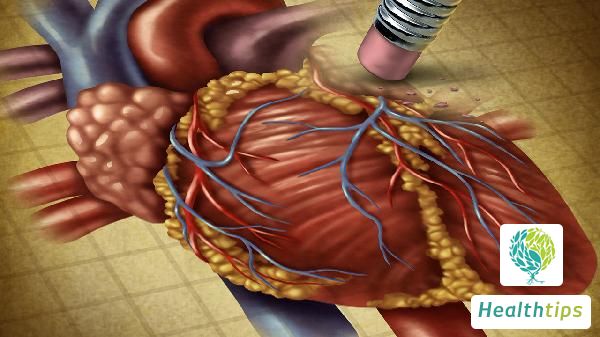"What Are the Characteristics of Bone Proliferation Pathology?"
Characteristics of Bone Hyperplasia Lesions
Bone hyperplasia lesions typically manifest as local pain, limited joint mobility, motor dysfunction, and other symptoms. Patients should select targeted treatment plans based on the severity of their specific lesions to alleviate pain symptoms and control disease progression. Here are the main manifestations:

1. Local Pain
During bone hyperplasia, the surrounding tissues are easily stimulated, potentially causing local pain. This pain tends to intensify during pressure or movement.
2. Limited Joint Mobility
If the bone hyperplasia lesion is extensive, it can compress surrounding tissues, leading to motor dysfunction and restricted joint mobility, preventing patients from completing normal joint movements.
3. Motor Dysfunction
When bone hyperplasia affects surrounding muscle contraction or restricts joint mobility, it can cause motor dysfunction, resulting in an inability to bear weight or decreased motor ability.
4. Other Symptoms
In severe cases, compression of nerves, blood vessels, or tendons can lead to radiating pain, numbness, and other symptoms in the affected areas. Patients may also experience muscle atrophy. Upon diagnosis, patients can initially take medications such as anti-bone hyperplasia tablets under medical supervision. If the condition is severe, surgical interventions like curettage or artificial joint replacement may be considered.
Lifestyle Adjustments
Patients should rest adequately, avoid excessive weight-bearing exercises, and control their weight to minimize physical stress. In case of pain or other symptoms, rest is crucial, and excessive weight-bearing activities should be avoided to prevent symptom exacerbation.



















